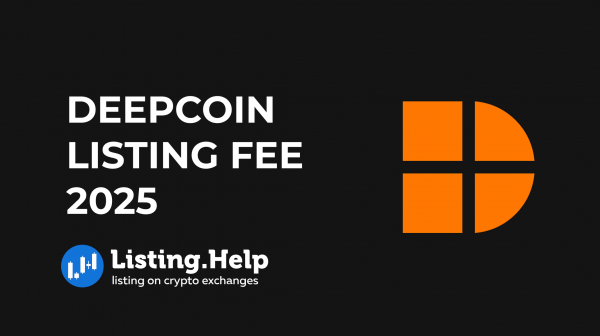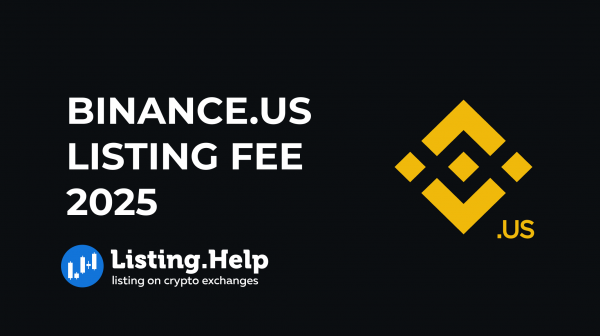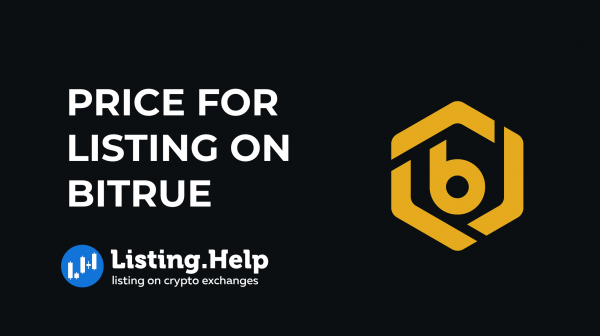What is Treehouse (TREE)?
 August 2, 2025
August 2, 2025 Updated: August 2 2025, 03:59
Updated: August 2 2025, 03:59
LEAVE A REQUEST
Launching your own token project? Our experts are ready to help with listing on exchanges, market making, marketing and other solutions
SUBMIT APPLICATIONDeFi offers a range of ways to put your crypto to work, but finding steady, dependable returns can feel like chasing a moving target. Rates for lending the same token — say, ETH — vary widely from one protocol to another, and without a common yardstick, it’s tough to weigh your options or build a reliable income plan. Treehouse steps in to fill that gap by laying down a fixed-rate layer for digital assets, beginning with Ethereum, so you can aim for more consistent, predictable earnings over time.
What is Treehouse?
At its core, Treehouse is a decentralized system that brings fixed-rate products to crypto. It does this through two main building blocks:
- tAssets: Yield-bearing tokens (for example, tETH) that actively shift assets across DeFi markets to smooth out discrepancies in interest rates and deliver a steady return.
- Decentralized Offered Rate (DOR): On-chain benchmarks for lending rates, developed by a transparent, community-driven process. DOR underpins all fixed-rate offerings on Treehouse.
tETH
When you lock ether — or liquid staking tokens like stETH — into Treehouse, you receive tETH in return. But tETH isn’t just a simple proxy for your holdings. It continually scouts the Ethereum ecosystem for the best yield opportunities. If staking rewards outpace borrowing costs on a lending platform, tETH moves funds to capture that spread and passes the extra gain back to you. In effect, it automates what would otherwise be a hands-on effort: shifting assets between protocols, watching for the highest rates, and redeploying as needed.
On top of that, tETH holders join Treehouse’s rewards program, earning points that boost the upside for those who get in early or contribute liquidity to the system.
Decentralized Offered Rates (DOR)
DOR serves as a transparent lending-rate reference on the blockchain — think of it like SOFR or LIBOR, but for ETH. Rather than trusting a single data source, DOR emerges from a consensus model, where several roles work together:
- Operators: Volunteers who run the infrastructure. Treehouse is the inaugural Operator, handling setup and maintenance of rate feeds.
- Panelists: Market makers, staking services, or other professional participants that submit rate quotes via Treehouse’s tooling.
- Delegators: Regular users who delegate their tAssets to a chosen Panelist. They still own their tokens but let trusted parties provide rate data on their behalf, similar to staking delegation.
- Referencers: DeFi apps, exchanges, or lending platforms that plug DOR into their pricing engines.
Treehouse Ethereum Staking Rate (TESR) Curve
The first rate feed from Treehouse is the Treehouse Ethereum Staking Rate (TESR) curve. It acts like a baseline yield curve — much as U.S. Treasury rates guide traditional finance — by using Ethereum staking rewards as its foundation. Ethereum staking makes an ideal benchmark because it’s built into the protocol, helps secure the network, and generally delivers steady payouts. Compared with options like Bitcoin mining or stablecoin lending, staking is more decentralized and reliable for setting a crypto-native rate.
Use cases
With a trusted reference in hand, builders can create more sophisticated DeFi products:
- Interest Rate Swaps: Contracts that let parties exchange fixed and floating payments, helping manage exposure to rate swings.
- On-chain Treasury Products: Crypto versions of government bonds, offering stable, lower-volatility returns for those who hold long term.
- Yield Curves: Clear benchmarks across different time horizons allow platforms to price loans, savings plans, and other fixed-rate instruments more accurately.
By adopting TESR, both borrowers and lenders can make better risk decisions, and institutional players may find DeFi more approachable.
Potential Risks of tETH
Because tETH interacts with staking and lending services, several risks exist:
- An outage or failure at an underlying service — whether a staking provider or lending pool — could lead to losses.
- A sharp drop in staked token value (a “depeg”) might trigger liquidations and wipe out gains.
- Bugs in smart contracts or bad data from oracles could skew results.
- Overcrowded lending markets may push borrowing costs up, squeezing tETH returns.
Built-In Protections
To guard against these threats, Treehouse has put several defenses in place:
- A contingency plan for major depegs.
- An insurance fund designed to cover unexpected shortfalls.
- A Protocol-Owned Peg Protection mechanism that steps in to buy undervalued tETH during market turbulence.
Together, these measures aim to keep your returns as secure and predictable as possible while laying the groundwork for fixed-rate finance in DeFi.
What is the TREE Token?
The TREE token powers the Treehouse ecosystem and serves several roles:
- Accessing DOR data: Every time a smart contract or service requests decentralized offered rate feeds, it pays a small fee in TREE. This fee supports the protocol’s upkeep and encourages proper use of its rate oracles.
- Panelist collateral: Entities that submit rate information must lock up TREE or tAssets as collateral. This requirement aligns incentives and encourages accurate reporting.
- Reward distribution: At the end of each observation window, TREE is allocated to panelists and to those who delegated their tokens, based on how precise the submitted rates proved to be.
- Protocol governance: TREE holders vote on protocol updates, parameter tweaks, system upgrades, and reward models — ensuring the community drives progress.
- Growth funding: Through the Treehouse DAO, TREE is earmarked for grants that back new integrations, developer tools, and projects built on the protocol.
The TREE token is listed on many platforms, including Bybit, Uniswap, Binance Alpha and Weex. If you’re looking to list your token on similar platforms, understanding the token listing process and crypto exchange listing fees is essential.
Conclusion
By laying down dependable benchmarks and products — like tETH, the TESR curve, and DOR — Treehouse is building a solid base for fixed-rate finance on Ethereum. It helps bring steadier yields, simplifies rate comparison, and unlocks more sophisticated on-chain financial instruments.
Blockchain data is powerful, but messy — especially when it’s split across multiple networks. Chainbase helps make that data easier to access and work with by turning it into clean, structured formats that developers can actually use.

For more insights and updates on the crypto world, don’t forget to check out our blog at Listing.Help.




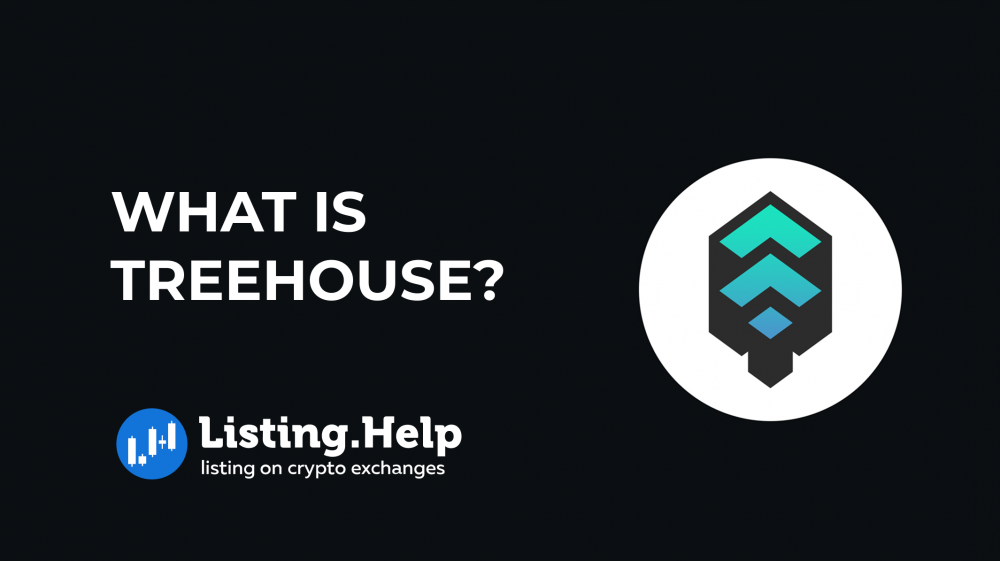

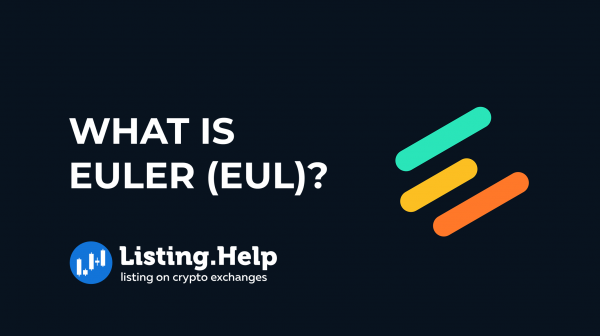
 November 18, 2025
November 18, 2025 
